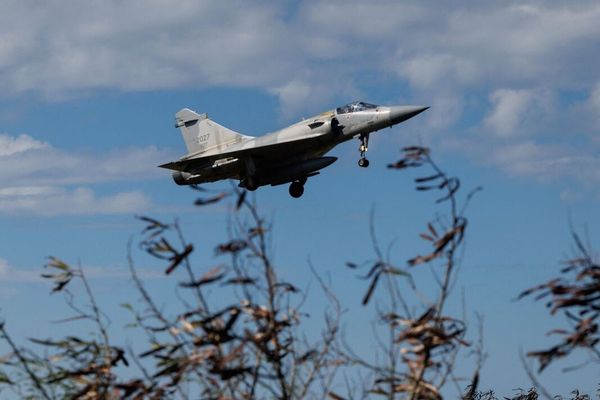
At a cost of 33 million baht, the nameplate and logo redesign for Bang Sue Grand Station has triggered public suspicion that requires not only a clear explanation from the State Railway of Thailand and the Transport Ministry but also prompt and thorough scrutiny from related agencies.
In responding to criticism, Transport Minister Saksayam Chidchob, who has asked for 15 days to clear up any doubts regarding the matter, defiantly insists that the redesign process was transparent.
To clear the air, he has tasked a special panel to look into it, but will this be helpful?
The nameplate controversy comes on the heels of other corruption scandals that have embarrassed the Prayut Chan-o-cha government, particularly the case involving the chief of the national parks department, who was allegedly caught red-handed with 5 million baht in cash in his office.
The money was allegedly kickbacks he had demanded from subordinates in exchange for promotions.

The central station's original name has been altered to Krung Thep Abhiwat Central Terminal, which was bestowed by His Majesty the King.
The work is being carried out by Uniq after a special selection method that allowed the agency to choose from a number of short-listed construction firms.
In principle, such a method is reserved particularly for projects that require special expertise, like conservation work. However, changing nameplates, involving a few alphabet characters, does not warrant the use of this method.
Previously, the Transport Ministry claimed that it was imperative to use the company in question, which has over the past few years received several megaprojects from the ministry worth 52 billion baht in total.
Yet, project supporters have attempted to explain that the nameplate change was quite complicated as it required a custom design, advanced manufacturing technology as well as installation techniques.
Several critics, however, regard the ministry's aforementioned claims as unconvincing.
To begin, they argue that the State Railway of Thailand, the state-owned rail operator under the Ministry of Transport, knew from the beginning that the nameplate would eventually have to be redesigned.
So why make it so difficult to remove and replace in the first place?
In addition, such a high cost is obviously not a case of sound financial management, particularly when taking into consideration that several SRT trains are in poor condition that inarguably compromises public safety.
Some say it would have been wiser for the SRT to opt for a practical-yet-modest sign instead of an expensive glittering one. It would've saved money, and other agencies, like the city administration, which must replace road signs, would have too. It is unfortunate that such a key agency like the Auditor General's Office remains sluggish in probing this matter.
Even worse was Mr Saksayam's attempt to use the station's royal name when defending this position during the House inquiry on Thursday.
The embattled minister claimed that change was inevitable, equating it to the change in the name of the main airport from Nong Ngu Hao to Suvarnabhumi, as given by His Majesty the late King Rama IX in 2000.
However, such a move by the minister can hardly silence critics. This is utterly inappropriate. It does not give the minister an excuse to evade public scrutiny.







